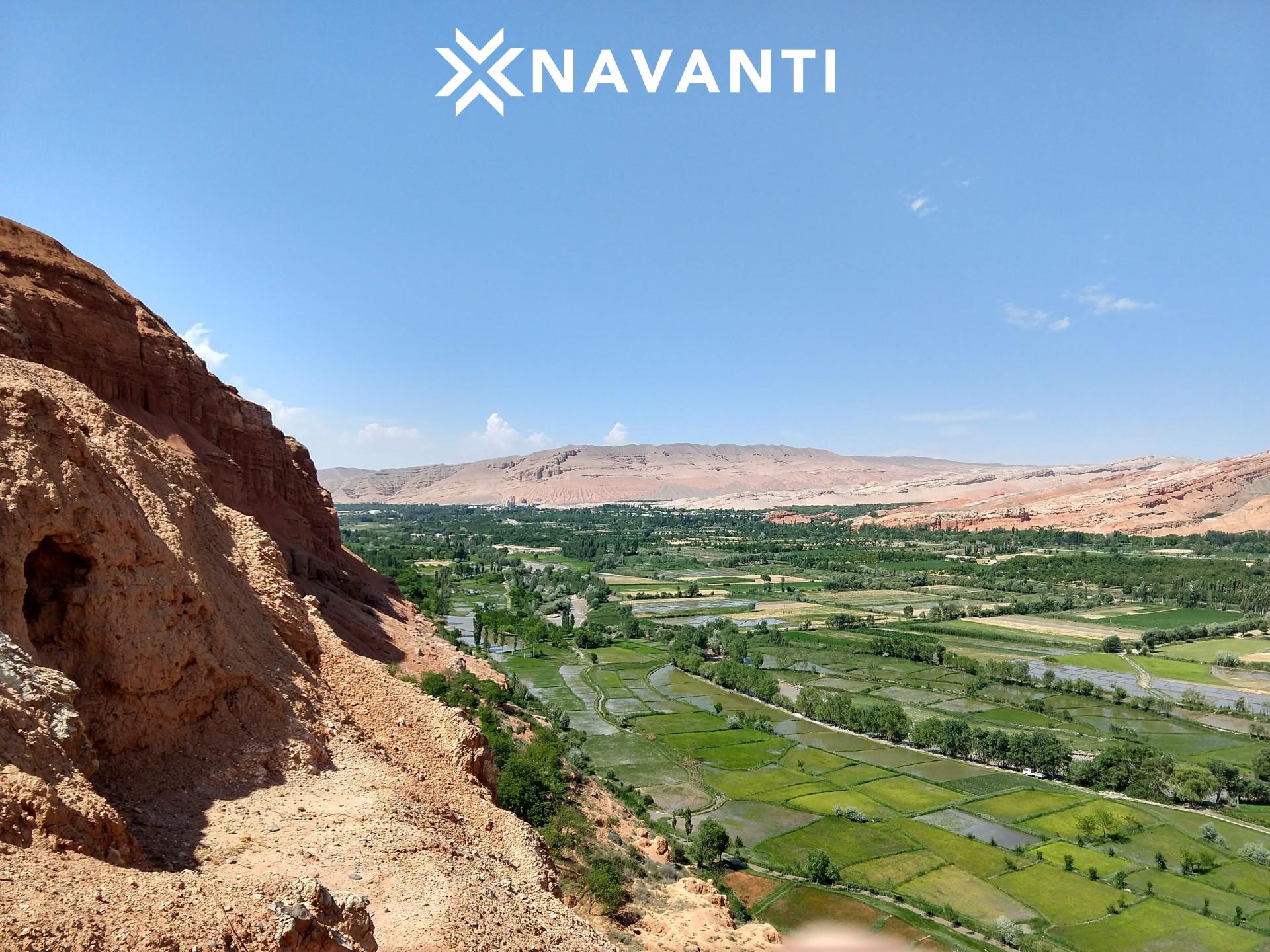Tajikistan’s Role in Pan-Central Asian Affairs by Phillip Yonge

What Tajikistan’s Refusal to Join Pan-Central Asian Initiatives in Cholpon-Ata Says about Tajikistan’s Role in Pan-Central Asian Affairs by Phillip Yonge
The Meeting
On 21 July 2022, Kyrgyzstan hosted the fourth Consultative Meeting of the Central Asian heads of state at the resort town of Cholpon-Ata overlooking Issyk-Kul. The summit was attended by the current leaders of Central Asia’s five states against the backdrop of an interesting year since the last Consultative Meeting in Turkmenistan. While the fact that Central Asian leaders have met for four straight years in the context of the Consultative Meetings is a substantial step toward greater interconnectivity and diplomacy in the region, what happened – and what didn’t happen – at this year’s meeting speaks volumes about the state of affairs in Central Asia.
Among the most important of the numerous talking points discussed by the attendees were diversification of trade routes (with a proposed re-orientation to south Asia), combatting climate change, and water and food security. Additionally, the summit also featured the first meeting of all five Central Asian foreign ministers, who laid the groundwork for initial discussions on the inviolability of sovereign borders in the region. However, the most impactful outcome of the meeting was the partial codification of the Agreement on Friendship, Good-Neighborliness, and Cooperation for Development of Central Asia, which was originally proposed by Kazakh President Kassym-Jomart Tokayev during the 2021 Consultative Meeting.
Kazakhstan, Kyrgyzstan, and Uzbekistan’s signing of the Agreement on Friendship, Good-Neighborliness and Cooperation for Development joint declaration was not surprising, as the trio has become increasingly aligned through the context of these summits, nor was Turkmenistan’s hesitation to join the agreement, which is in line with the usual policy of neutrality from Ashgabat. However, that Tajikistan joined Turkmenistan in balking at the initiative speaks to the Tajikistan government’s perceptions of recent developments and provides perspective on the future role of Tajikistan in Central Asian affairs. Tajik leaders claimed that they would sign the document after domestic political discussions and procedures, which many have interpreted to mean that the Tajik leaders are looking for further benefits for Dushanbe before joining the initiative.
Tajikistan’s Conflicts: Potential Driver of Refusal?
In the past year, Tajikistan’s President Emomali Rahmon has carefully crafted rhetoric surrounding two foreign policy matters and one domestic crisis to frame Dushanbe and the Tajikistani citizenry as under attack from all sides. On Tajikistan’s southern border, Rahmon’s obstinate refusal to entertain relations with the new Taliban-led government in Afghanistan has made Tajikistan a bastion of anti-Taliban sentiment in Central Asia. While Turkmenistan and Uzbekistan have, to varying degrees, established diplomatic inroads with their southern neighbors, Rahmon’s long, droning tirade about the Taliban at the Fourth Consultative Meeting shows he, and therefore Tajikistan, have no plans of changing its policy toward Afghanistan. Internally, Rahmon’s actions in the Gorno-Badakhshan Autonomous Oblast (GBAO) demonstrate the long-serving leader (in power since 1994) continues to see the restive eastern province as a potential threat, whether real or imagined. In May 2022, as ethnic-Pamiri GBAO was engulfed in protests over the killing of a prominent Pamiri leader, Rahmon shut down the Internet and sent ethnic-Tajik forces to suppress the demonstrations. Then, Rahmon blamed outside forces and agitators seeking to destroy the status quo in Tajikistan, much like Kazakh President Tokayev following the January 2022 unrest events.
While these conflicts play into Rahmon’s reluctance to buy into any pan-Central Asian unity initiatives, the most likely driver of Tajikistan’s hesitation is the ongoing border dispute with Kyrgyzstan. Of the 987 kilometers dividing Kyrgyzstan and Tajikistan, less than half of the border is yet to be officially demarcated despite diplomatic efforts dating to 2002. Clashes between Kyrgyz and Tajik forces, especially in the northern tongue of Tajikistan’s territory, occur intermittently, fed by clouded and often provocative regional information environments. In 2022, there have been ongoing flare ups, often resulting in one or a few deaths, nearly every month. This follows on the heels of an even bloodier 2021, where large scale skirmishes in April and May alone saw nearly 50 people die and scores more wounded. While the protracted conflict itself is unlikely to grow into a bigger conflagration that could affect Dushanbe directly, it stands as a useful policy tool for Rahmon to continue messaging that forces are aligned against Tajikistan’s interests.
Conclusion
At the end of the day, Emomali Rahmon’s Tajikistan remains the poorest country in Central Asia, and whether or not there is validity to the rhetoric that Tajikistan is under siege, Rahmon is likely using his signature on the Friendship Agreement as a bargaining chip for concessions from other Central Asian states. As such, the Kyrgyz-Tajik border dispute is the obvious choice for Rahmon to leverage his position, as Kyrgyzstan and Kazakhstan, the original driver of the Friendship Agreement, maintain warm relations and Kazakh President Tokayev has indicated a willingness to mediate the border dispute. While Rahmon, Tokayev, and Kyrgyz President Sadyr Japorov met at the Fourth Consultative Meeting, Rahmon will likely stall any further integration until tangible gains have been made in quelling Kyrgyz-Tajik tensions. In doing so, Rahmon will whittle down the perceived external threats to his 30-year rule and allow him to focus on further consolidating Dushanbe’s grip over GBAO and combatting any threats emanating from Afghanistan.
Author: Phillip Yonge is a Europe Researcher at Navanti Group. He holds an MSc from King’s College London in Eurasian Political Economics with a focus on Chinese economic initiatives in Central Asia. He studied and worked in Russia and Georgia.
Disclaimer: The opinions expressed in this publication are those of the author(s). They do not purport to reflect the opinions or views of the Navanti Group or its partners.

